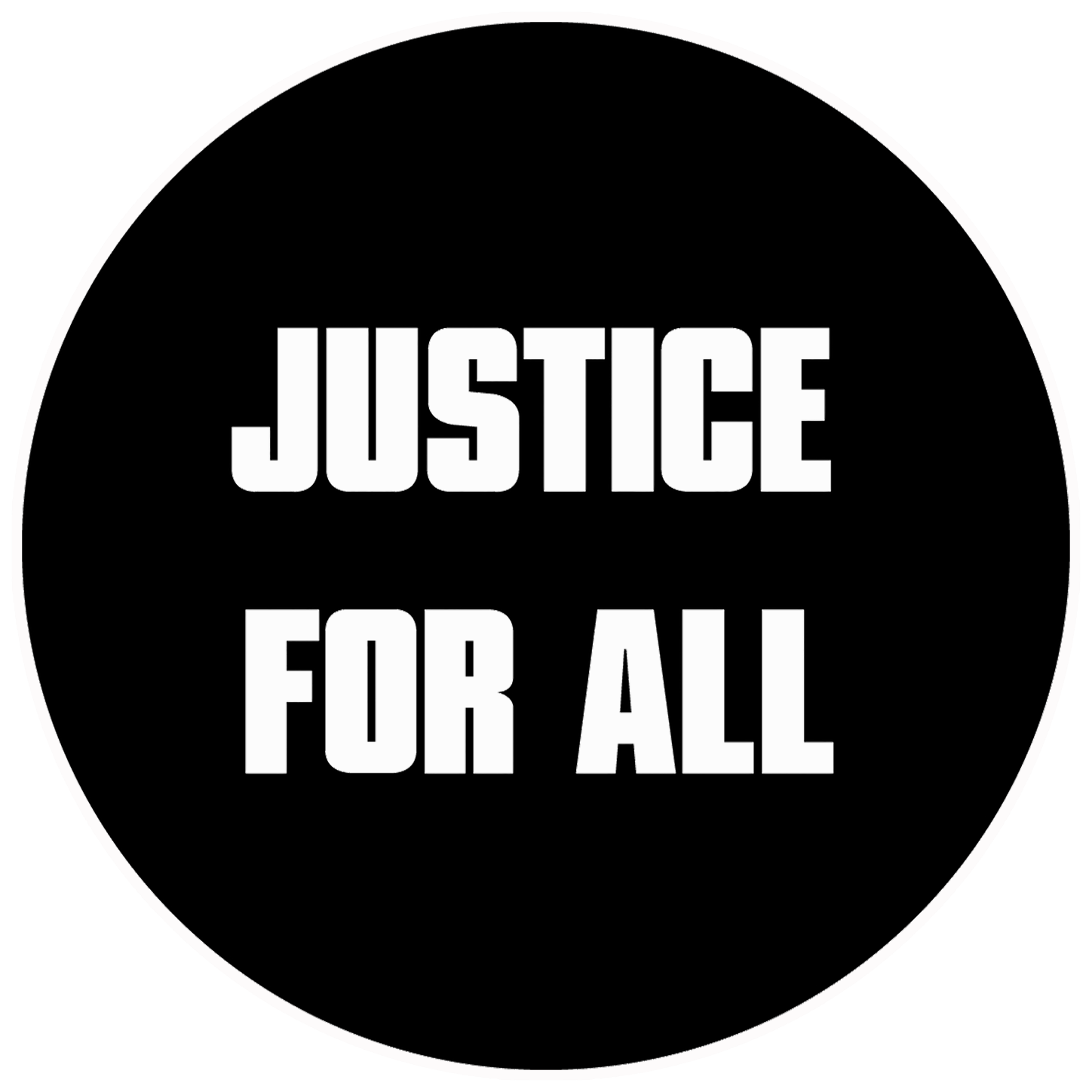"Uncertain future" from JFA's Art of Life Exhibit.
This panel from JFA's Art of Life Exhibit features "La ofrenda" ("The offering") by Mexican painter Saturnino Herrán (1913). It may not be possible to know exactly what is pictured here, but since the marigold is a flower frequently associated with death in some Latin American and Hispanic cultures, this may be a funeral procession. We can imagine that the woman and children pictured may be grappling with an uncertain future after the death of a husband and father.
Let's consider the woman who finds herself pregnant unexpectedly. Many times she is facing a very uncertain future. Will I be able to care for this baby? What will happen to my prospects for a career or even my prospects to be able to eat and provide for myself if I give birth to a baby? Will I be able to handle the pains of labor? Will I be able to find a loving adoptive couple to care for this baby if I am not able? Will I lose my scholarship and then be forced to work in menial jobs for the rest of my life because I had to abandon my education? Will I be dependent on others instead of being able to care for myself? Will my friends abandon me? Will the father of this baby stick around or will he just move on because I'm no longer desirable to him?
Unless we've been in a situation of unplanned pregnancy, it may be difficult for us to identify with these sorts of feelings that a woman faces when she finds herself pregnant unexpectedly. But we must try to identify with her and understand how difficult it is from her perspective to think about carrying the child to term and giving birth. Do you agree that it is helpful to give attention to these fears a woman has when she faces the uncertain future a pregnancy presents to her? How should this change the way in which we discuss abortion? Do you agree with the panel above that makes the claim that facing an uncertain future is better than killing a child by abortion?
(For more information about the painting, including a link to a high resolution image of the painting, see JFA's Art of Life Exhibit page.)

